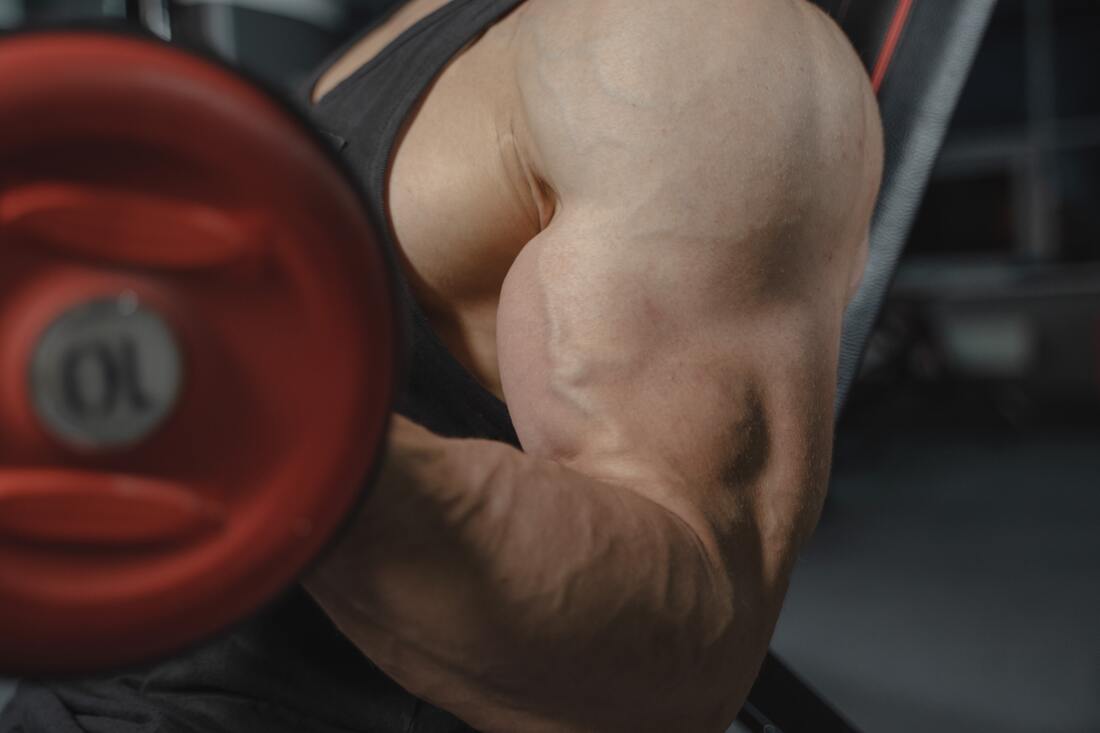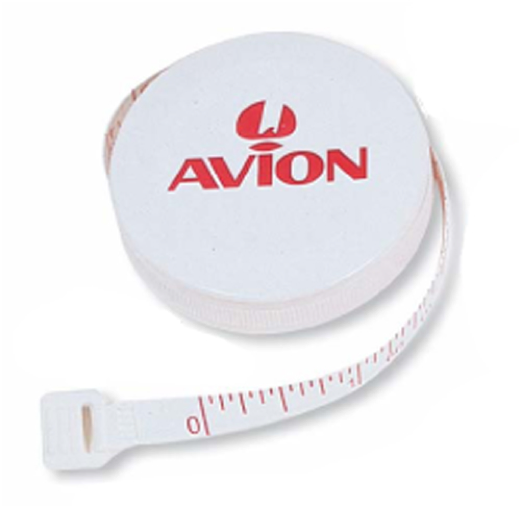Most people fail not because of a lack of desire but because of a lack of commitment. Updated in October 2023. Should you cut or bulk first? A dilemma we’ve all faced at least once. You may be wondering, “Am I lean enough to bulk? Or should I cut first and bulk later?” This indecision is holding you back from making any progress at all in either direction. I’ve been there. Three years ago, I spent six months stagnating because I couldn’t commit to a bulk, but I also didn’t want to cut again because I’d just finished one such phase. This article is going to spare you all of that and take you through a thought process to help you make the best decision to attain the physique you want. This thought process includes the following assessments:
If you haven’t already, complete a Kickstart Phase first to prime yourself for either bulking or cutting, then come back to this post and dive in. What role does each phase play in your long-term plan? Most people can’t decide between a cut and a bulk because they’re focusing too much on the immediate results. They’re tempted to cut because they want to see more definition, but they also want to bulk to put on some serious mass. However, you’ll need more than a single cut or bulk in order to achieve your ultimate physique, so you need to look beyond the short-term results of a single phase. In the long term, these phases will affect your health by changing your ratio of body fat to muscle mass at the same bodyweight. For example, you could be 80 kg now, with 50 kg of fat and 30 kg of muscle. In two to five years, after going through a series of successful fat loss and muscle-building phases, you could be 80 kg again, but with a meagre 30 kg of fat and a whopping 50 kg of muscle. This can obviously have a profound effect on your appearance, but also – and most importantly – it can boost your future progress, because a healthier body responds better to any training and nutrition protocol than a less healthy body. In particular, overweight and obesity are conditions associated with an increased risk of a number of dangerous health conditions and diseases. On the other end of the spectrum, being underweight also heightens the risks posed to your wellbeing. Therefore I recommend starting your decision-making process with an assessment of your current body fat levels. How much body fat are you carrying right now? To evaluate your body fat levels, you can use two simple tools:
Calculating your BMI is a good starting point because it’s cheap and quick. All you need is your height, your current weight, and a calculator like this to find out your BMI score. In the UK, according to the National Health Service (NHS), if your BMI is:
However, the BMI doesn’t differentiate between muscle mass and fat mass. As a result, professional athletes, like bodybuilders or rugby players, may be classified as overweight or even obese because they carry a lot of muscle mass, but not a lot of body fat. For most people like you and me, who aren’t professional athletes and don’t have so much muscle (sigh), the BMI is generally a useful tool to evaluate your body mass relative to your height. On the other hand, your waist circumference gives you an insight into how much body fat is currently stored around your abdomen, which is considered the highest-risk place to gain excessive amounts of adipose tissue. For instance, if you take two people with the same BMI score, the person carrying more fat around their abdomen is usually at a higher health risk. In fact, according to the WHO:
To measure your waist circumference, find the narrowest point between your chest and your belly button: You can take the measurement using a tape with an auto-lock mechanism, like this one: As a general rule, if:
You may want to cut first. On the other hand, if:
You may want to bulk first. What are the pros and cons of cutting versus bulking? After assessing your body fat levels, consider the impact that these phases can have on your current lifestyle. Each one has its own requirements, advantages, and disadvantages, so you need to run a cost-benefit analysis. The pros of cutting:
The cons of cutting:
The pros of bulking:
The cons of bulking:
Last but not least Whether you choose to cut or bulk first, commit to that decision. You need at least eight weeks to lose a decent amount of fat (unless you’re trying to lose it really fast), and at least three or four months to build a decent amount of muscle, although, since muscle gain is very slow, the longer you can keep bulking, the better. So don’t cut for three weeks, then bulk for three weeks, or some such nonsense. This isn’t enough time to see any kind of results. Commit to one phase and stick with it for as long as necessary. Practical takeaways
Thanks for reading. May you make the best gains. To receive helpful fitness information like this on a regular basis, you can sign up for my newsletter by clicking here. To learn how to develop an effective mindset for long-term fat loss success, you can sign up for my free email course, No Quit Kit, by clicking here. To learn from my podcast as well as from my writing, click here.
0 Comments
Your comment will be posted after it is approved.
Leave a Reply. |
Nikias TomasielloWelcome to my blog. I’m an online fitness coach with a passion for bodybuilding, fantasy, and bread. Want to work with me? Check out my services!Archives
May 2024
Tags
All
|
Follow me on social media |
Get in touch |
© 2018-2023 Veronica Tomasiello, known as Nikias Tomasiello – All rights reserved




 RSS Feed
RSS Feed